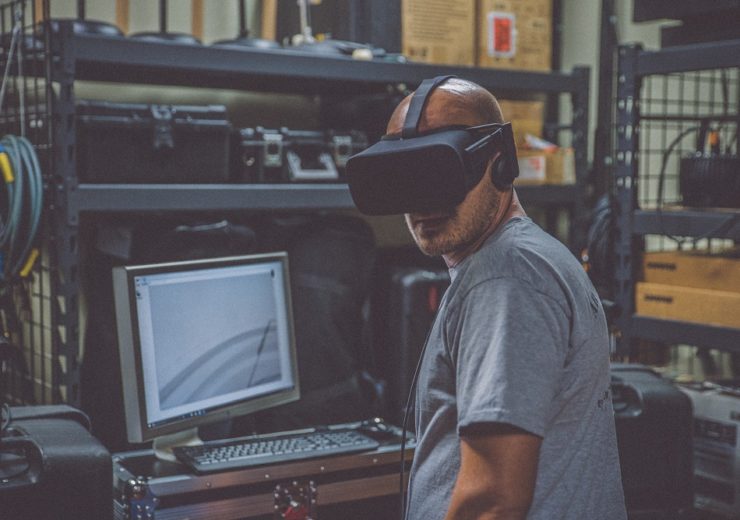The use of VR-powered digital simulations offers a host of benefits to oil and gas firms, including precise geographical mapping and remote access to operations

VR simulations can be used to improve training methods
The increasing commercial availability and adoption of virtual reality (VR) technology is having a profound transformational impact across the oil and gas industry value chain.
Whether deployed in cases of project design, training, maintenance reviews or responding to operational incidents, data-driven visualisations are capable of helping companies tailor and refine their processes in myriad ways.
The interactive nature of the simulations gives workers a broader set of tools with which to engage with their working environments – and in an industry where operations are often conducted in remote or challenging geographical locations this can be an extremely valuable asset.
VR can help oil and gas companies conduct more precise resource exploration
According to business intelligence firm GlobalData, the leading adopters of the technology within the industry to-date include BP, Chevron, Gazprom, Saudi Aramco and Shell.
These firms are exploiting the benefits of VR in upstream, midstream and downstream operations – for instance the ability to digitally map the subsurface of a prospective exploration site to observe undulations or fractures in the terrain prior to drilling.
The vast processing power of the computers involved in creating VR simulations is such that it enables huge amounts of topographical data to be analysed in resource exploration to give organisations much more precise insight when searching for new deposits.

GlobalData oil and gas analyst Ravindra Puranik said: “Over time, this technology will transform oil and gas processes and workflows and help create new growth opportunities for organisations.
“VR and 3D simulations allow employees to interact with field equipment in a virtual world, and using the VR system enables an employee to get hands-on training with different kinds of equipment and devices without affecting normal work routines.”
VR-powered ‘digital twins’ can give remote access to hard-to-reach locations
The ability to create an interactive virtual replication – or “digital twin” – of a working environment, piece of equipment or a particular operational situation provides new employee training opportunities for oil and gas companies, as well as the cost benefits of being able to deal with situations remotely.
A specialist equipment engineer, for example, could be “plugged in” to a VR rendering of a malfunctioning piece of machinery to diagnose the problem and advise on how to fix it – rather than being required to travel out in-person to the often inaccessible field locations in which oil and gas firms operate.
Puranik added: “Digital twin is emerging as a prominent use case for VR in oil and gas operations. This approach is focused on enhancing business processes through data visualisation.
“VR-powered digital twins are helping operators create and fine-tune plant designs, processes, and workflows and monitoring operational performance to identify improvement opportunities.
“A virtual reality system is also equipped to replicate a wide range of emergency situations that employees could potentially face in real-life while working on-site with heavy machinery, thus ensuring they are ready to deal with any unforeseen event.”
